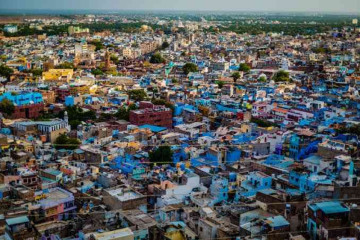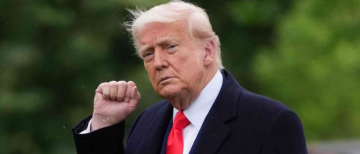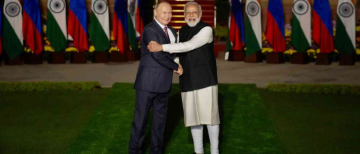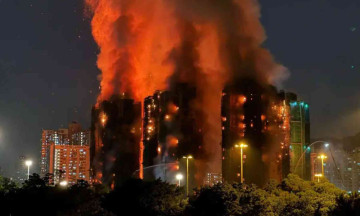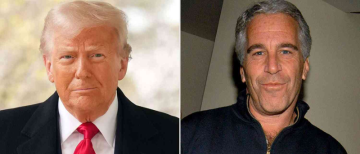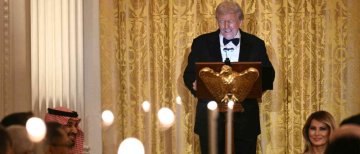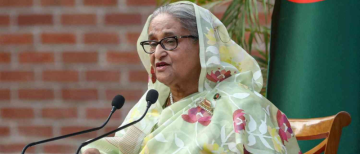For the first time in six years, Prime Minister Narendra Modi is unlikely to attend the G-7 summit, which is being hosted by Canada from June 15 to 17, 2025. This has led to a lot of questions: Was Modi snubbed? Why is India not going to the G-7 this year? Let’s break down the story in simple terms and look at what is happening behind the scenes.
What is the G-7 Summit?

The G-7 is a group of the world’s most advanced economies: the United States, Canada, the United Kingdom, France, Germany, Italy, and Japan. Every year, these countries meet to discuss big global issues like trade, security, and climate change. Sometimes, they invite leaders from other countries, like India, to join them.
Why Was Modi Invited Before?

Since 2019, India has been invited to the G-7 summits as a special guest. This was seen as a sign of India’s growing importance in world affairs. Leaders from other countries, like Australia, Brazil, and South Africa, have also been invited in the past.
Why Is Modi Not Going This Year?
1. No Official Invitation Yet
Canada, the host country, has not officially invited Prime Minister Modi to the summit. While other leaders, like those from Australia, Ukraine, South Africa, and Brazil, have reportedly received invitations, India has not been approached officially.
2. Strained India-Canada Relations
The relationship between India and Canada has become very tense in the last year. The main reason is the issue of Khalistan separatists. Some people in Canada are campaigning for a separate state for Sikhs in India. India sees these groups as a threat to its security and unity.
Things got worse last year when Canada’s then-Prime Minister Justin Trudeau accused the Indian government of being involved in the killing of a Khalistani separatist leader, Hardeep Singh Nijjar, on Canadian soil. India strongly denied these claims and asked Canada for evidence, which was not provided.
3. Security Concerns
There are also worries about security. Some groups in Canada have openly opposed Modi’s visit and have threatened to disrupt it. The Indian government is concerned about the safety of its diplomats and the Prime Minister if he travels to Canada.
4. Logistical and Diplomatic Issues
Even if Canada sends a last-minute invitation, it is unlikely that India will accept. There are logistical challenges (like arranging security and travel at short notice), and the Indian government does not want to send a message that it is okay with the current state of relations.
What Are Other Countries Saying?

Countries like Australia, Ukraine, and South Africa have already accepted invitations to the G-7 summit. But India’s absence is making headlines because it is seen as a sign of the ongoing problems between India and Canada.
From India’s Side
India wants Canada to take action against groups that are seen as a threat to India’s security. Until Canada addresses these concerns, India is not keen on high-level visits. The government also wants to protect its image and the safety of its leaders and diplomats.
From Canada’s Side
Canada’s new government, led by Mark Carney, says it wants to improve relations with India. But it also has to listen to its own people, some of whom are upset about the Nijjar case and support the Khalistan movement. The Canadian government is in a difficult position, trying to balance its own citizens’ feelings and its international relationships.
Is This a Snub?

Some people say that Modi was “snubbed” by not being invited. Others say that India was never officially invited, so it is not a snub. The truth is probably somewhere in the middle. The lack of an invitation reflects the current problems between the two countries, rather than a deliberate insult.
What Happens Next?
Relations between India and Canada are at a low point, but both sides say they want to improve things. Canada’s new government has said it wants to use trade and diplomacy to rebuild the relationship. India is waiting to see if Canada will take action against groups that threaten its security.
A meeting between Modi and Canada’s leader, Mark Carney, could have helped, but it looks like that will not happen at the G-7 summit this year.

Prime Minister Modi’s absence from the G-7 summit is not just about a missed invitation. It is a sign of bigger problems between India and Canada. Both countries want to fix things, but there are deep issues that need to be resolved first. For now, India is staying away from the G-7, but the door is not closed forever. The world will be watching to see how these two countries move forward.
With inputs from agencies
Image Source: Multiple agencies
© Copyright 2025. All Rights Reserved Powered by Vygr Media.








